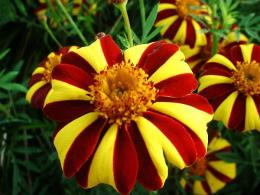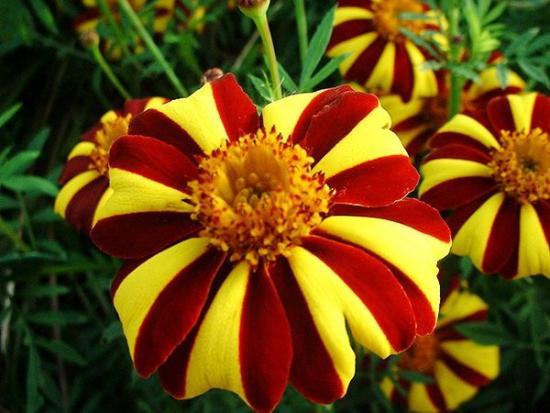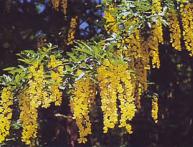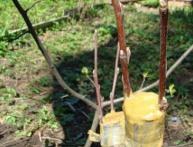Marigold flowers: cultivation and care

Velvety, red-brown or yellow-orange flowers can be found not only in garden plots, but also in city flower beds and alleys.
These are marigolds. Plants do not require special care; they easy to reproduce, so any gardener can grow them.
Content:
Description of marigolds
Marigolds belong to the genus of perennial and annual plants and the Asteraceae or Compositae family. The plant has branched stems, reaching a height of 20 to 100 cm.
The root system of marigolds is well developed and is represented mainly by adventitious roots. The leaves of the flower are pinnate, may be separate or dissected, light green or dark green in color.
Marigold flowers are double and come in different shades. Are starting to bloom from early summer to late autumn. The flowers and leaves of the plant have a strong, specific odor.
There are 3 types of this plant.
Marigolds rejected. These are low-growing flowers, not exceeding 60 cm in length. The inflorescences are small, only 4-5 cm in diameter, and can be double or non-double.
Basically, marigold flowers of this species consist of two colors. Among the varieties are: Harlequin - burgundy-brown or yellow flowers, Cherry bracelet - cherry-colored flowers,
Carmen - the petals are red-brown at the edges, and have a yellow tint in the middle. There are also other varieties: Bolero, Bonanza flame, Orange, etc.
Marigolds are erect. The height can reach one meter.The inflorescences are predominantly of the same color, 15 cm in diameter and have a chrysanthemum-like shape. The most common upright varieties are Vinyl - white-cream inflorescences, Kilimanjaro - dense double inflorescences, Antigua - golden or orange in color, Yantar - dense double inflorescences of amber color, etc.
Marigolds are thin-leaved. They form many small, predominantly non-double inflorescences of yellow or orange color. The bushes of the plant are densely branched and low-growing. The plant does not grow above 40 cm.
The most popular varieties among gardeners are Paprika (red-orange flowers), Golden (yellow flowers with orange-brown dots), Gnome (orange inflorescences), etc.
Various varieties and types of marigolds will look beautiful on balconies, flower beds, and summer cottages. Some varieties (erect) suitable for cutting into bouquets.
Reproduction and planting of marigolds

Marigolds grow well in loamy and clay soils. In order to grow well and delight with their abundant flowering, before planting it is necessary to introduce 5 kg of humus or peat into the soil. Marigolds are propagated in 2 ways: by seeds in the ground and by seedlings.
Sow in open ground after frost in mid-May at a distance of 15 cm from each other. Then sprinkle a thin layer of soil on top and water.
The soil temperature should be at least 15 degrees. Only in this case will the plant take root. Shoots should appear within a week. After this they need to be dived.
For the first planting, seeds must be purchased at a special store, and at the end of flowering they can be collected. When the plant begins to wilt, collect several buds and leave until completely dry.Then remove the seeds from the cups, dry and store in paper bags until the next planting.
Propagation by seedlings is carried out as follows: seeds are sown in early April in pots or wooden boxes. It is advisable to cover the seed material with a special film.
After the first leaves have appeared, the seedlings can be transplanted to a permanent place and buried more than 2 cm. The soil for seedlings should consist of humus, peat, turf, sand in a ratio of 1: 1: 1: 0.5.
It is recommended to replant in early June. Flower propagation by seedlings, unlike sowing in open ground, allows you to achieve flowering of marigolds much earlier.
It is better to plant upright marigolds in mid-March, and rejected and thin-leaved marigolds in April.
Thin-leaved and rejected marigolds should be placed in open areas; shaded areas are also suitable. For straight plants, you need to choose sunny places.
How to care for flowers

Marigolds do not require constant care. The plant loves light and warmth, but can also develop in the shade. Marigolds do not need abundant watering. It is enough to water periodically. It is necessary to reduce watering during the period of active flowering of the plant.
Marigolds are drought-resistant, but during the growth period they require abundant watering. When weeds appear, they must be dug up. It is important to prevent compaction of the soil, so it should be constantly loosened.
This will allow oxygen to flow better to the rhizomes. If the flowers have withered or dried out, they must be removed in a timely manner.
Due to the strong specific odor, the plant repels many pests. Quite often, marigolds are placed next to other flowers that are susceptible to attack by pests. But it is not recommended to plant different types of plants nearby.
They can cross-pollinate, resulting in loss of varietal characteristics. The duration and quality of flowering depends on feeding marigolds. It is necessary to feed at least 3 times during the growing season.
Planting and propagation is quite simple, and caring for marigolds is the same as for other plants.
Marigold flowers for seedlings
Interesting information about the vegetable garden











Comments
Flowers are our family's favorite. We respect them very much because they bloom all summer long. They are not whimsical. We have yellow and orange and multi-colored ones, but this is the first time I’ve seen striped ones. We need to look for seeds.